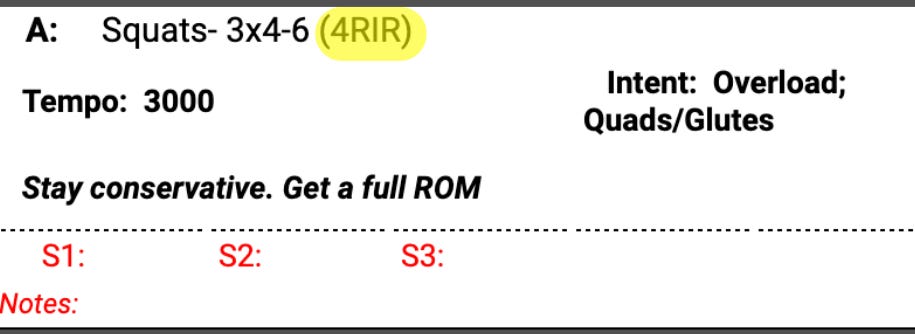Back to Course
Training 101
0% Complete
0/0 Steps
-
Terms To Know
Terms To Know -
Anatomy and BiomechanicsAnatomy and Biomechanics
-
Deciphering Training ConceptsDeciphering Training Concepts
-
Exercise Order
-
Exercise Selection
-
Set/Rep Prescription
-
Tempo
-
Rest Periods
-
Intent
-
Recommendations, Cues and Details
-
Range-of-Motion (ROM)
-
Failure and IntensityTypes of Failure
-
Modulators of Intensity2 Topics
-
Warming Up and Cooling DownGeneral Warm-Ups
-
Specific Warm-Ups
-
Feeder Sets
-
Warm-Up Sets
-
Cooling Down
-
Biofeedback
-
Progression ModelsProgression Models
-
Linear Progression
-
Double Progression
-
Triple Progression
-
Volume Progression
-
Technical Progression
-
Neurological Progression
-
Modifying The PlanModifying the Plan
-
Injury/Pain
-
Unavailable Equipment
-
Changing Order of Exercises
-
Short on Time
-
Bad Workouts
-
Different Gyms/Equipment
-
Intentional and Unprogrammed Rest Days
-
Unintentional and Unprogrammed Rest Days
-
Plateaus and SetbacksPlateaus and Setbacks
-
Injury
-
Sickness
-
Consistently Poor Biofeedback
-
Missing Workouts
-
Stalled Progress
-
Recovery StrategiesRecovery Strategies
-
Caloric Balance
-
Sleep
-
Stress Management
-
Light Cardio
-
Foam Rolling
-
Stretching
-
Cold Therapy
-
Heat Therapy
-
Contrast Therapy
-
DeloadingDeloading
-
When To Deload5 Topics
-
How To Deload5 Topics
-
What’s Next?Assess Progress
-
Run It Back
-
Modify
-
Beginning The Next Phase
Quizzes
Participants 457

Not every set will or should be pushed as far as is physiologically possible. There are times when we’ll want to strategically stay shy of failure points to set us up for more effective future training.
But to get the most out of our training and gauge progress, we need a way to measure how close we are to technical failure at all times. As such, most prescriptions from us will have an appended intensity modulator to tell you how hard your sets should be…
